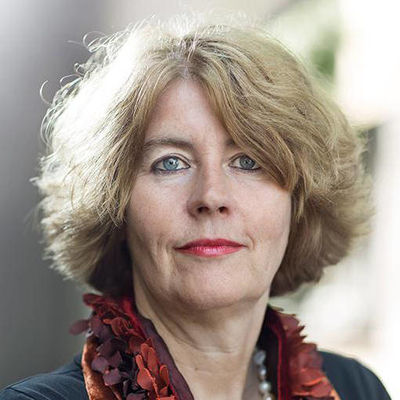The exhibition The Urban Sacred: How Religion Makes and Takes Place in Amsterdam, Berlin and London was part of the HERA research project Iconic Religion, in which Birgit Meyer and Daan Beekers participated. A digital version of the exhibition is now online.
Where do we find the sacred in today’s metropoles? How does religion take place in the city? And where do people locate their gods amidst the buzz of everyday urban life? The Urban Sacred investigates these questions by exploring the presence of religion in Amsterdam, Berlin and London. It shows that these cities, commonly counted among the most secularized places of the world, continue to be permeated by religion – albeit in sometimes unexpected ways.
This exhibition focuses on the things that make religion visible in Amsterdam, Berlin and London. In the highly pluralist environments of these cities, religions are not only encountered through abstract ideas but also, and probably even more so, through concrete matter. Contrary to longstanding expectations of belief retreating to the privacy of people’s homes, religion continues to take place in the public space of Western European cities today.
The Urban Sacred points to three emerging features of religious places in all three cities. First, it exposes a contrast between the inconspicuousness and visibility of religion. Attention-grabbing religious buildings from medieval cathedrals to recently built mosques represent the religious aspirations to take people out of the mundane routines of everyday life, as well as to achieve visibility in the public domain. At the same time, religious places often blend in, flowing into other aspects of everyday life and blurring the boundaries between the sacred and the profane. Even a monumental place like London’s Southwark Cathedral fades into a taken-for-granted background for people eating the lunch they bought at neighbouring Borough Market.
Second, religious places are woven into the textures of urban life. In the city’s dense and sprawling topography, places of worship must relate to close and diverse neighbours. Meantime, the city is by no means impervious to religious resurgences. Religious sites spring up as new communities move in, providing visible form to the beliefs and the hopes of new inhabitants. These material manifestations of religion do not just happen to be in the city, but are born of the city.
Third, religious places have thick histories. They are inextricably linked with the social histories of the city and themselves consist of multiple layers of past uses and practices. Amsterdam, London and Berlin broadly share a long history of Christian presence and a more recent history of secularization and immigration. Apart from this shared experience, the presence of religion in each of these cities is marked by specific histories, such as religious pillarization in Amsterdam and the Cold War division in Berlin.
The city invites many different forms of encounter, depending on whether one is, say, a daily commuter, a one-off tourist or a regular attender at Friday prayers. And each individual interacts with the city in different ways. These forms of engagement are often learnt, but the city also lends itself to discovery, which can lead to new ways of seeing and interacting: A church building that is seen by thousands of tram passengers each day is known as a mosque by those who frequent it. The Urban Sacred is an invitation to engage with religious sites in the city from new and refreshing perspectives, offering lenses on urban religion that challenge much of what we take for granted.
The physical exhibition took place in Amsterdam, Berlin, Bochum and London.


